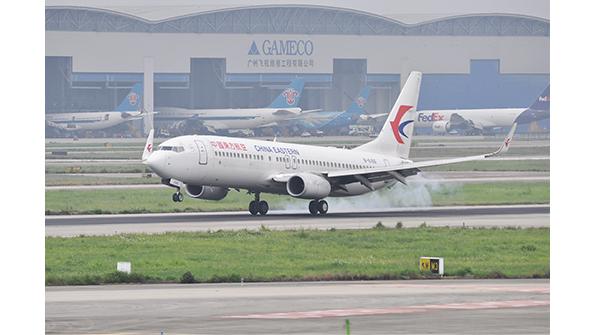
Ask the Editors: The Aviation Week Network invites our readers to submit questions to our editors and analysts. We’ll answer them, and if we can’t we’ll reach out to our wide network of experts for advice.
What are your thoughts and forecast for maintenance, repair and overhaul (MRO) business growth for the next 2-3 years?
Aviation Week Network Chief Editor, MRO, Lee Ann Shay and Air Transport and Safety Editor Sean Broderick answer:
MRO demand typically is a lagging indicator of airline demand. Many industry forecasters and major players—the International Air Transport Association and Boeing among them—do not see airline activity returning to 2019 levels before 2024, at the earliest. That puts a full MRO recovery to similar levels out a year or so further.
In the meantime, the aviation aftermarket will see several years of transition following the COVID-19 crisis. Keep in mind the civil aftermarket segments do not move in lockstep. Line maintenance, for example, will recover more quickly than engine overhauls. Even within segments, there can be variation. An all-narrowbody engine shop will rally from this downturn more quickly than a widebody engine shop, because widebody long-haul services will take longer to overcome depressed travel demand.
A lot of decisions will pivot on which fleets the airlines decide to bring back, and that will not become clear in 2020. For passenger aircraft, emissions and sustainability will be big factors in those decisions, so expect older aircraft and engines that were slated for eventual retirement to see accelerated exits. This should be a key consideration for MRO providers’ long-term strategy.
Now is the time for MROs to plan for the future by examining processes and technology tools, looking for innovation and providing stellar customer service, which includes flexibility. If you think airlines were cost-conscious last year, you haven’t seen anything yet.
The good news is that the trough of MRO revenue most likely occurred in the second quarter of this year for many companies. That said, the recovery will not be smooth. The engine-services business, which is about 40% of the global MRO spend, will see a lot of bumps, as airlines seek module swaps, parts exchanges and short hospital-type visits before committing to expensive engine overhauls.
The pandemic is providing lots of choices: green-time engines on idled aircraft, used-serviceable materials and suddenly available spare-parts inventories from airlines that either do not need them or no longer exist.
While the market has not seen a mass of teardowns yet, several players have been testing the market to see what values they can get. But the situation is still more “wait-and-see.” MRO service providers will see a greater share of the fleet in power-by-the-hour contracts post-pandemic. Not only are they proving popular with many airlines, but aircraft most likely to be parked are also the ones that do not have long-term agreements attached.
For companies with a bit of cash to spare, there will be opportunity. Component companies are helping airlines with liquidity by buying their excessive inventory, for instance. Aviation Week’s latest Civil Aviation Fleet & MRO Forecast pegs MRO demand to be $71.1 billion in 2021 but climbing to $82.2 billion in 2023. In 2023, also expect China to generate the most MRO demand, followed by North America, then Western Europe. However, in 2021, Western Europe will be the top MRO driver, and in 2022, it will be North America, according to Aviation Week’s forecast.
Bottom line: The rest of this year will be relatively quiet for MROs, but the return will start happening in 2021.

